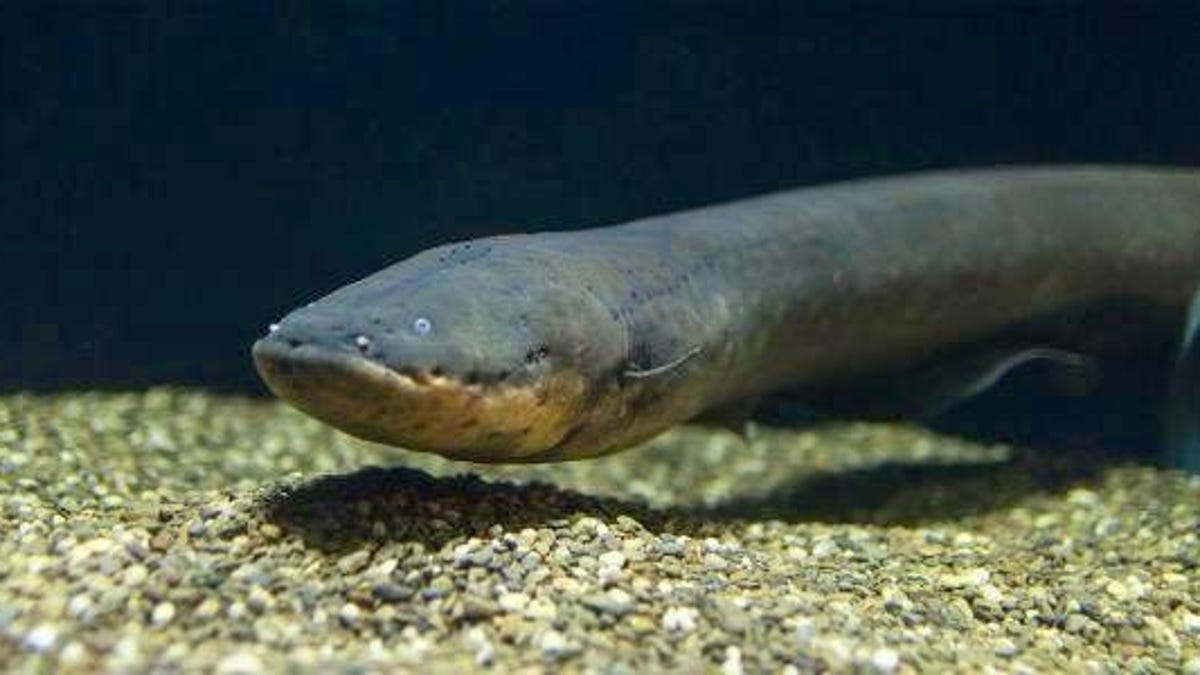Most powerful electric eel yet puts all other electric eels to shame
We're talking 860 electrical volts here.

Researchers have named a new species of eel that can produce an electric shock up to 860 volts.
Say hello to two new species of electric eel, including one that can discharge up to 860 volts, the strongest of any known animal, researchers say.
Electric eels send out an electrical discharge to stun prey. After analyzing data on 107 specimens from the Amazon in Brazil, Suriname, French Guiana and Guyana, researchers from São Paulo Research Foundation and the Smithsonian's National Museum of Natural History concluded that naked-back knifefish should be reclassified into two new species of electric eel: E. varii and E. voltai.
"We used voltage as the key differentiation criterion. This has never been done before to identify a new species," principal investigator Naércio Menezes, professor and researcher at the University of São Paulo's Zoology Museum, said in a statement on Tuesday. Their study appears in Nature Communications.
Using a voltmeter, the researchers recorded a discharge from an E. voltai. and discovered something shocking -- it reached up to 860 volts, which is the highest voltage found in any animal. The previous electric eel voltage record documented was 650 volts.
Here are the two newly named eel species, alongside the long-known Electrophorus electricus.
The voltage variation could have something to do with the eels' natural habitats. E. voltai dwells in clear, well-oxygenated water in high elevations, but because of the small amount of dissolved salts, the water is less electrically conductive so the eel must produce stronger volt discharges to kill its prey.
E. varii lives in the lowest part of the Amazon Basin in low-oxygenated waters that contain a high amount of dissolved salts that increase the conductivity of the water. This explains why the eel's voltage is recorded at 151 volts to 572 volts, which is much lower than E. voltai, according to the study.
The researchers say the newly discovered biodiversity of eels could help in other aspects of science including technology and medicine, but first we must focus on protecting the eels' habitats in the Amazon.
"The discovery of new electric eel species in Amazonia is suggestive of the vast amount of species that remain to be discovered in nature," said Carlos David de Santana, associate researcher at Smithsonian National Museum of Natural History. "The region is of great interest to other scientific fields, such as medicine and biotechnology, reinforcing the need to protect and conserve it."
Originally published Sept. 11, 12:08 p.m. PT.

